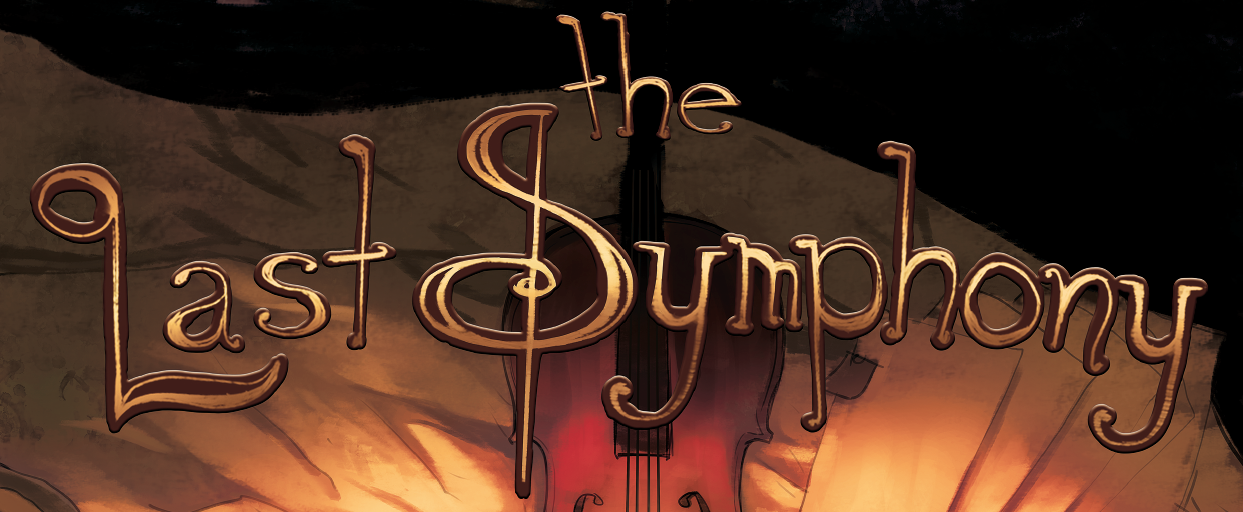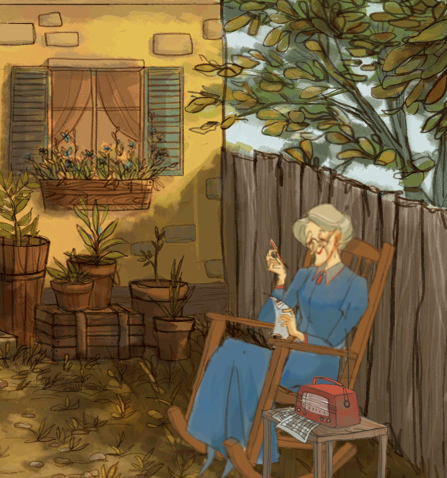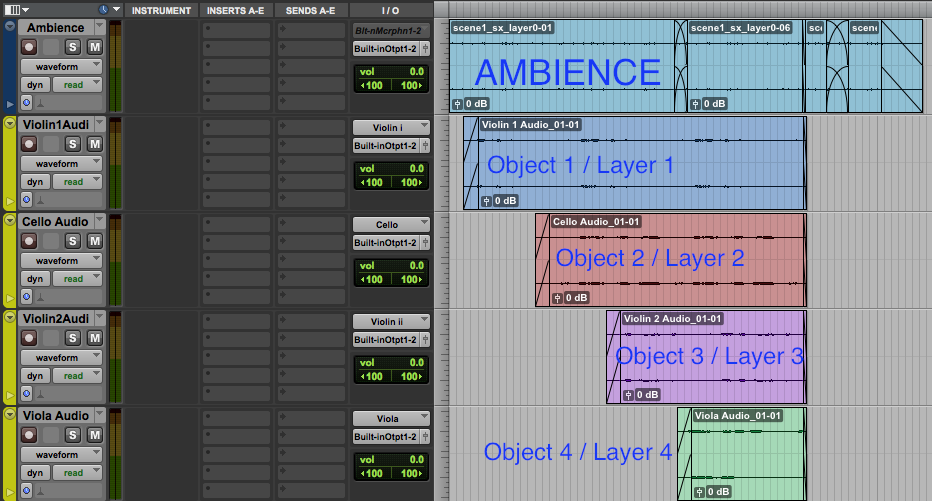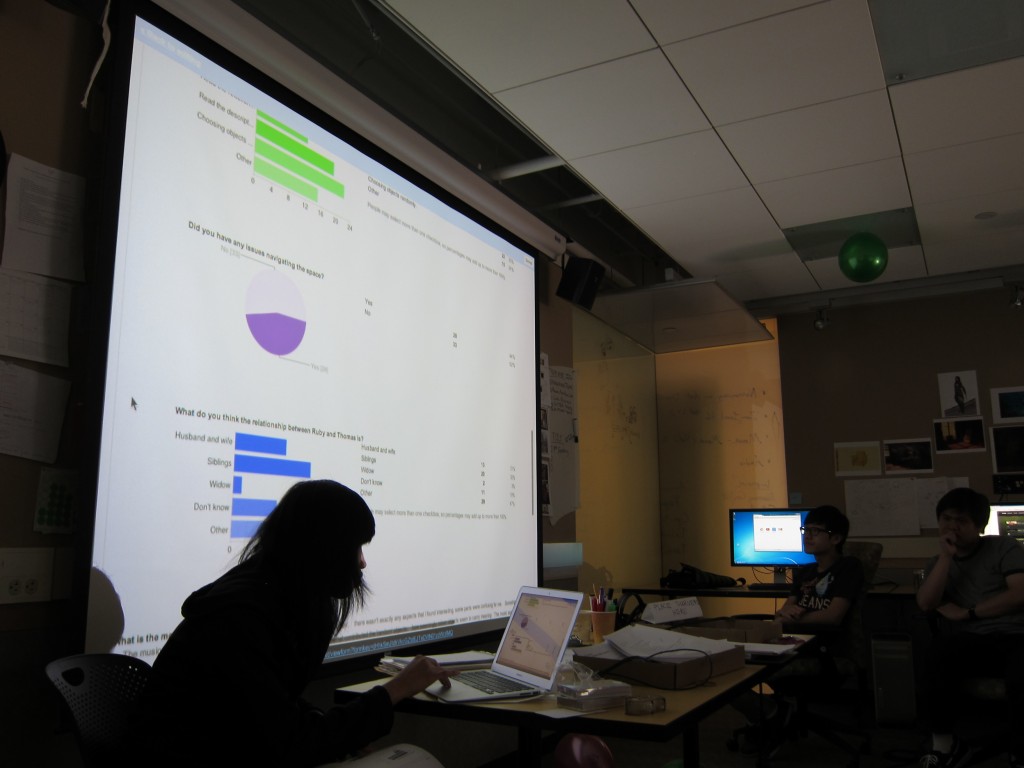The Pick Up (Part 2)

This is part 2 of Richard Gould’s blog post about working on The Last Symphony. Read part one here.
Interactive Audio Examples
The following audio examples were indented as demos of interactive music mechanics to be used in-house and are not reflective of the finished audio quality in the game or official soundtrack.
Interactive Audio Example – Layered Melodies
- Layered Melodies that would play over one another, one would enter for each object collected.
Interactive Audio Example – Branching Phrases
- Harmonic Layers added to background underscore in either a synchronous or asynchronous manner depending on the nature of the music.
- Warm / Cold musical cues that playback when players are hovering over an object (or the contrary).
- Branching music that would loop until the next item was found at which point it would branch off and develop into a new section.
- Branching music that would play one phrase and stop until the next item was found at which point it would play the next phrase. In this example two stories could be uncovered so two musical ideas are expressed.
Interactive Audio Example – Melodic Fill In Interactive Audio Example – Melodic Expansion
- Melodic expansion, where every object found developed a melodic idea. This could work in two forms, either empty space could make clear that notes are missing e.g. 1 _ _ 4 _ 6, or by simply having the phrase be extended upon an item being collected e.g. 1, 1, 1, 12, 12, 12, 123, 123, 123 etc.
Interactive Audio Example – Melodic Fragments
- Having melodic fragments linked to the discovery of objects, only to have the whole piece including the melodic ideas played back upon all objects being discovered.
Interactive Audio Example – Increasing Fidelity-1
- Using increasing fidelity as feedback, music starts grainy for example and becomes increasingly clear as the player collects more objects.
Interactive Audio Example – Maturing Composition-1
- Having the musical content become more complex and sophisticated as items are collected.
Interactive Audio Example – Orchestral TuningInteractive Audio Example – Maturing Instrumentation-1
- Having a piece of music reflect the level of success by omitting layers or orchestral sections if key items were not found or by having more sophisticated ensembles play the same piece, e.g. solo piano, string quartet or full orchestra.
Interactive Audio Example – Object Based Layers
- Having layers of music enter in upon objects being found.
Interactive Audio Example – Object Based Layers Multiple Stories
- Having layers of music enter in upon objects being found, but also allowing for two stories with two pieces of music. When layers enter, it’s indicative of items being found relating to the same story, when the music shifts compositionally, a new story is being discovered.
Do You Hear The Music?
Demoing interactive ideas and asking key questions.
These audio examples were of course “rough”, but they were key in testing out these ideas and it was very helpful for the rest of the team to be able to hear what I had in mind. Diagrams and words only go so far. They were all created linearly within Pro Tools with scripted interactivity scripted so to speak. I would often describe vocally what was going on as the music played back.
Sometimes it was hard to really hear what was happening and this presented a challenge; if we wanted players to be aware of the music developing, we really needed them to listen to as opposed to just ‘hear’ the music.
Here’s a video blog were I talk about Hearing verses Listening.
To see whether people paid any attention to music whilst playing similar “casual” games, we conducted a short survey to gauge opinions. The sample pool was small, and therefore perhaps not reflective, however here are some of the results.
- 43% of individuals said they usually play casual games in “loud” environments.
- 30% of individuals said they don’t typically listen to the audio content of a “casual” game.
Given this, it made sense not to have music play a key role in determining whether a player could ultimately succeed or not and instead have it play more of a supporting role by providing audible hints. In this way, the music would reward those who listened without really punishing anyone else.
Are You A “Romantic”?
Deciding upon a musical direction.
During this conceptual stage, I also created a sound tapestry set roughly in the world we planned to inhabit (then early 20th Century England). This helped give a sense of what the world might sound like beyond the music.
The Last Symphony Conceptual Sound Design
I then moved onto the music and began by carrying out a style study, which consisted of a shared playlist for the team to listen to including examples of where the music might potentially end up. This was initially varied with anything from Beethoven to Imogen Heap.
As the narrative developed, the time period within which the game was set shifted towards the 60s. With that, the musical direction proved to become a potential issue. I had naturally assumed that the music I would be writing was to be music written by the central characters (who are themselves composers), so the music would be reflective of the period setting.
I didn’t consider it so much as underscore or backing but an actual part of the story, ingrained into the lives of the characters. This would therefore suggest an orchestral pallet (which wasn’t so much the problem). The issue concerned the stylistic developments in “Classical” composition that had moved on since the days of Romanticism (with the likes of Beethoven) to more intellectually complex works that embraced new concepts such as serialism, polytonality and atonal music.

The issue we faced was that we were planning on using the “pleasantness” of the music to suggest progress, but were the music to by stylistically accurate, it might be deemed by many to be “unmusical” or at the very least, unpleasant in some way (especially were I to have attempted to employ these advanced compositional concepts!).
By way of an example, here’s Webern’s “Symphonie” (1928)Anton Webern Symphonie op.21
What we ended up with was something of a hybrid approach where I tried to incorporate several concepts found in 20th century orchestral works, but in an essentially “Romantic” context. In this way, the music was able to retain its “pleasantness” whilst paying homage to the period setting. The moments where the more contemporary techniques are used are very purposeful and comment specifically on key narrative components in the world of “The Last Symphony”.


